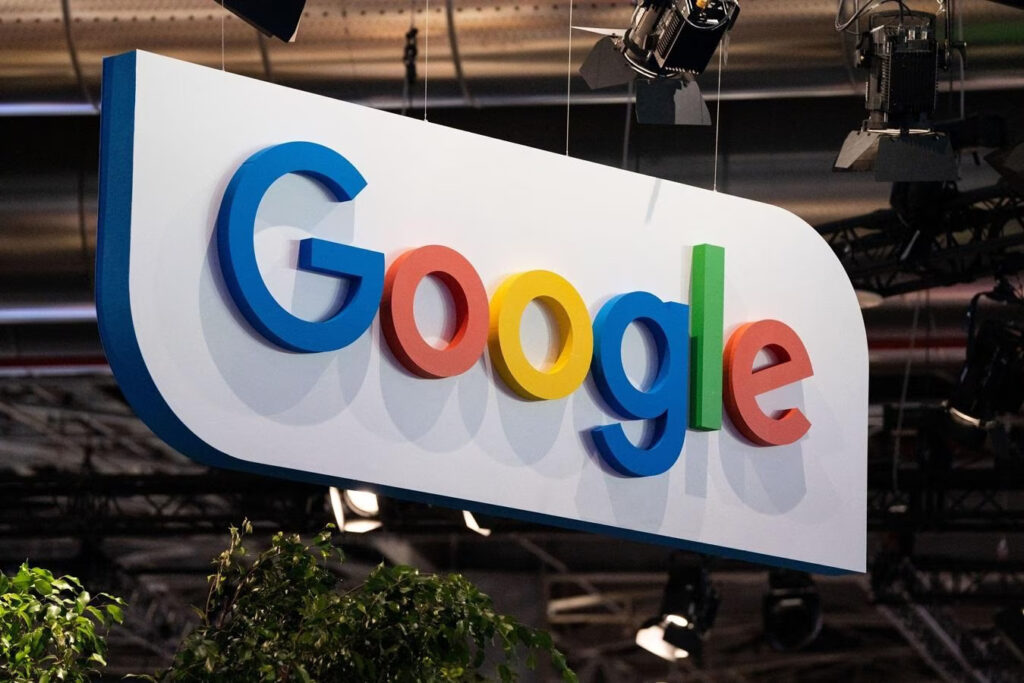Alphabet Inc.’s tech giant, Google, has come under scrutiny as it was revealed in a federal antitrust trial that the company has been making adjustments to its advertising auctions to ensure it meets revenue targets. Jerry Dischler, the Vice President for Google’s advertising products, disclosed on Monday that these tweaks sometimes result in ad price increases of up to 5%, impacting advertisers and businesses relying on Google’s advertising platform.

While Google frequently fine-tunes the algorithms governing its ad auctions, it has been customary for the company not to inform advertisers about pricing changes. Dischler’s testimony shed light on internal communications, including a May 2019 email, in which he discussed the need to make changes to meet quarterly revenue targets set by Chief Financial Officer Ruth Porat. The fear of disappointing Wall Street was a strong motivator, as Dischler expressed concern about potential stock price losses and their impact on morale and the sales team.
The Justice Department has accused Google of maintaining an illegal monopoly in online search through agreements with web browsers and smartphone manufacturers. These arrangements ensure Google’s search engine is the default option for users, effectively limiting competition in the search market. A significant portion of Google’s revenue, over 60%, comes from search ads, amounting to more than $100 billion in 2020.
During cross-examination, Dischler emphasized Google’s commitment to delivering “honest results” and a clear separation between paid and organic search results. He maintained that financial incentives did not compromise the quality of search results.
However, Dischler did admit that some auction changes had led to price increases of up to 5% for typical advertisers, and in some cases, as much as 10%. Nevertheless, he expressed concerns that a 15% price hike might drive advertisers to competitors like Meta Platforms Inc. or TikTok.
Google currently boasts around 5 million advertisers, significantly fewer than Meta’s 10 million. Retail advertisements constitute the largest category, comprising approximately 35% of Google’s search ad revenue. Dischler acknowledged that Google faced increasing competition from newcomers like TikTok and Amazon.
Also Read: Microsoft’s Nadella and Oracle’s Ellison Discuss the Future of Cloud and AI
Interestingly, Amazon’s growing success in retail advertising is attributed to its ability to provide advertisers with superior data on ad effectiveness compared to Google. This has prompted some consumer goods makers to contemplate shifting their advertising budgets away from Google and toward Amazon.
One notable change that boosted Google’s revenue involved RGSP (Runner-Up Gets Top Slot), where the second-place bidder was given the top ad slot. This innovative strategy flipped the convention, often placing major advertisers like Amazon in the second position, thereby increasing Google’s revenue.
As the trial continues, the focus remains on Google’s practices in shaping the digital advertising landscape and its potential impact on competition and market dynamics.

I am a law graduate from NLU Lucknow. I have a flair for creative writing and hence in my free time work as a freelance content writer.